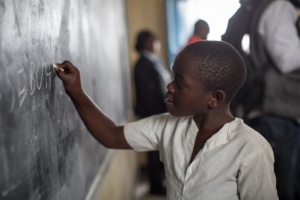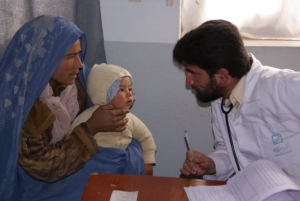 Afghanistan has one of the highest infant mortality rates in the world, with 43 deaths per 1,000 live births. The child mortality rate in Afghanistan is even higher, with 97 out of every 1,000 children dying before they reach the age of 5. Child mortality has numerous causes, including malnutrition, sepsis, sudden infant death syndrome (SIDS), malaria, HIV/AIDS, preterm birth complications and diarrhea. External factors, such as the political climate, can also play a significant role.
Afghanistan has one of the highest infant mortality rates in the world, with 43 deaths per 1,000 live births. The child mortality rate in Afghanistan is even higher, with 97 out of every 1,000 children dying before they reach the age of 5. Child mortality has numerous causes, including malnutrition, sepsis, sudden infant death syndrome (SIDS), malaria, HIV/AIDS, preterm birth complications and diarrhea. External factors, such as the political climate, can also play a significant role.
Afghanistan’s limited medical facilities exacerbate the issue. The country’s fragile health care system leaves mothers and young children particularly vulnerable to the spread of infectious diseases. With underdeveloped immune systems, children are especially susceptible to illnesses that claim the lives of thousands in Afghanistan each year. However, there are several charities fighting infant mortality in Afghanistan.
HealthProm
HealthProm, established in 1984, is a U.K.-based nonprofit organization focused on reducing child and maternal mortality. It started working in Afghanistan in 2008 and has significantly lowered the country’s high child mortality rate. The organization has achieved this by providing emergency transport for women in labor to health centers. It also encouraged the local communities to establish Women’s Safe Motherhoods Groups and Men’s Support Groups to create awareness of the risks associated with pregnancy and child birth.
Afghan Mother and Child Rescue
Afghan Mother and Child Rescue (AMCR) is another nongovernmental organization (NGO) dedicated to supporting women and children in Afghanistan. The organization focuses on constructing and maintaining health clinics and medical facilities to improve maternal and child health outcomes. The charity spends approximately $37,000 toward building and maintaining these essential facilities, ensuring greater access to health care for vulnerable populations.
UNICEF
Working alongside Afghanistan’s Ministry of Public Health, the United Nations Children’s Fund (UNICEF) facilitates the care of children, especially those in vulnerable regions. UNICEF supports Afghanistan’s children through initiatives focusing on health, nutrition, water sanitation and hygiene, all aimed at reducing child mortality. Nearly 1.2 million children younger than 12 months receive life-saving vaccines each year. These immunizations protect against nine diseases, significantly improving their chances of leading healthy lives.
Looking To the Future
Charities like HealthProm, AMCR and UNICEF are working to combat child mortality in regions with the highest rates. As child deaths in Afghanistan continue to decline, achieving the Sustainable Development Goal (SDG) of ending preventable deaths among children younger than 5 by 2030 becomes increasingly attainable, thanks to the growing number of children surviving and thriving.
The efforts of these charities, alongside other projects, are making a difference in the child mortality rate in Afghanistan by improving access to medical care and providing appropriate life-saving treatments and vaccinations. Since 2020, the infant mortality rate per 1,000 live births has decreased by 5.4 deaths.
– Megan Hall
Megan is based in Suffolk and focuses on Global Health and Celebs for The Borgen Project.
Photo: Flickr
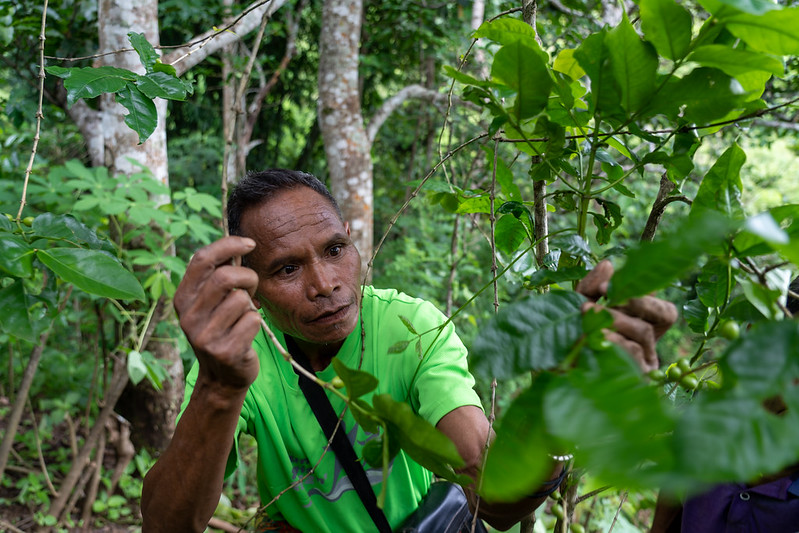


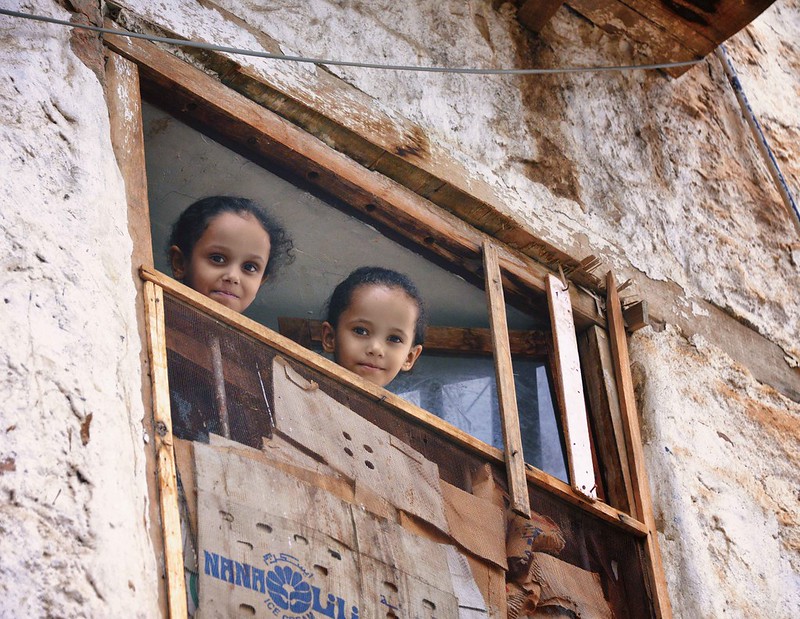
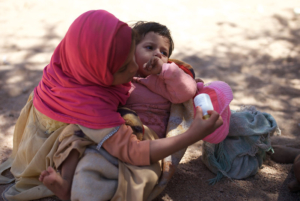
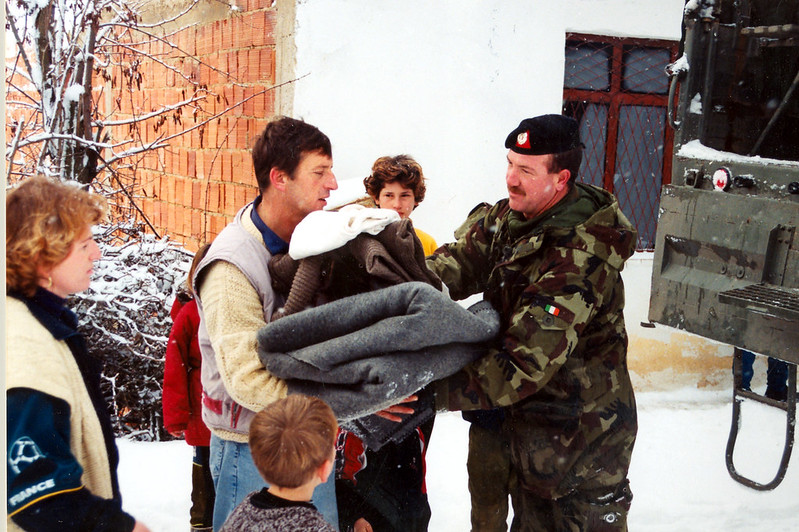
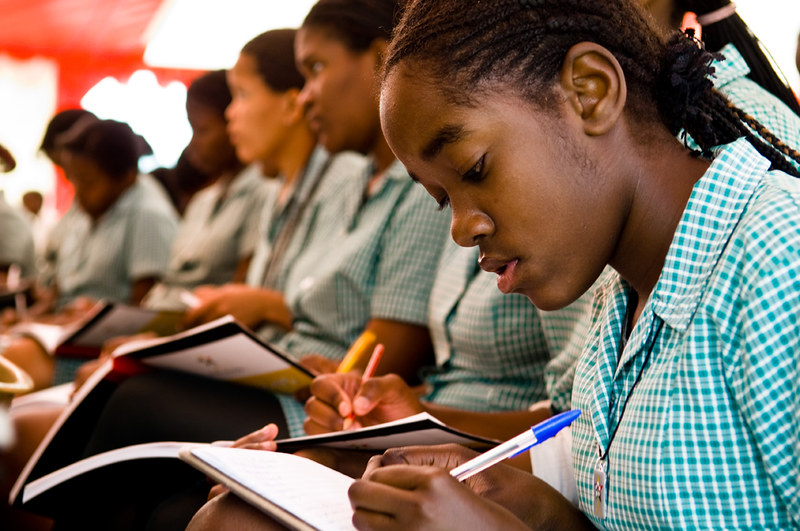 In the southwestern African nation of
In the southwestern African nation of 
